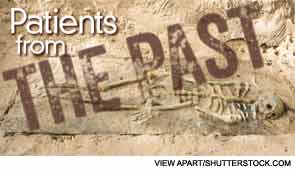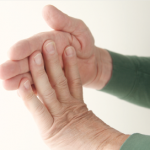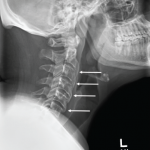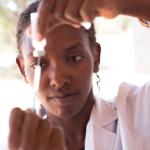
First and foremost, paleopathology is a science. While the field encourages speculation, such hypothesis generation is not actually science but only identifies concepts that can be subjected to scientific evaluation. Opinions, no matter how many times iterated, still only represent speculation and cannot serve as foundation for interpreting pathology. Ignoring the semantic challenge created by the shared vocabulary of medicine, anthropology, zoology, and paleontology, the meaning of terms is often quite disparate among these specialties.1 Further complicating matters is the imprecise use of medical terms, often not clearly identifying the tissue involved. For example, some anthropologists did not understand the medical use in describing osteoarthritis as erosive disease.2,3 That usage describes damage to cartilage, not bone.1,4,5 It has often been overlooked that rheumatoid arthritis (RA) is often used as a generic term for any form of inflammatory or erosive arthritis.6,7 Similarly, generic use of the term ankylosing spondylitis for spondylarthropathy can produce confusion.8
A further challenge to paleopathologic application of physician education and experience is that we see patients wearing their clothes, or at least their skin. The typical paleopathology specimen no longer possesses either. Generally, only bones are available for assessment. Thus, X-rays are the common denominator for analysis in paleopathology.1,4,9,10 The challenge of relying on radiographic evidence relates to the interpretation of overlapping shadows and assuring that perceived alterations are not just superimposed structures. Tangential views can reduce overlapping shadows. In addition, for X-ray changes to be perceived, at least 30% to 50% of bone must be lost. Computed tomography (CT) would seem to be a reasonable consideration, if not for its limited resolution (0.6 mm at best), let alone cost and accessibility.
Given the foundation for the science of paleontology, your next question might be, “So what?”
Sorting Out Inflammatory Arthritis
Given the foundation for the science of paleontology, your next question might be, “So what?” Identifying the antiquity of a disease might interest a historian. Examining variation in its absence or presence and prevalence over time allows analysis of environmental interactions.4,11 For example, the frequency of spondylarthropathy is relatively low in humans, except when environmental (fecal–oral) contamination is present.11 This allows such contamination to be identified and, conversely, helped to refute some widely held theories such as the role of lead intoxication in Roman Italy. It now appears that use of lead coffins may have been responsible for the contamination of human remains from that era. After all, if saturnine gout from lead poisoning was rampant, wouldn’t gouty arthritis have been far more commonly observed among Romans?


